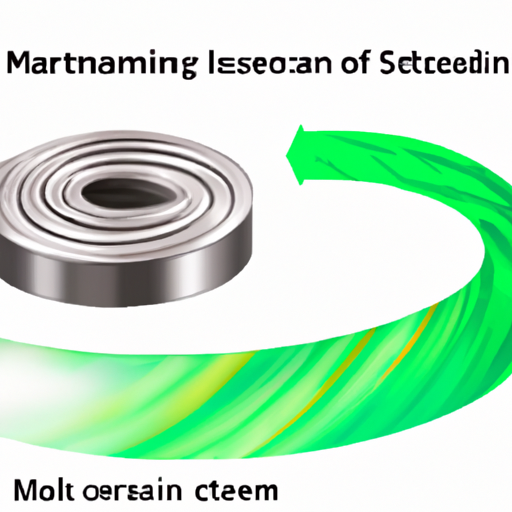Title: The Mainstream Electromagnetic Coil Production Process: A Comprehensive Overview

1. Design and Specifications: The production process of electromagnetic coils begins with the design phase. Engineers and designers collaborate to determine the specific requirements and specifications of the coil. Factors such as wire gauge, number of turns, coil dimensions, and desired electrical properties are considered during this stage. Computer-aided design (CAD) software is often employed to create accurate and detailed coil designs.
2. Material Selection: Once the design is finalized, the appropriate materials for the coil are selected. Copper is the most commonly used material due to its excellent electrical conductivity and thermal properties. Other materials, such as aluminum or silver-plated copper, may be chosen based on specific application requirements. Insulating materials, such as enamel or polyurethane, are also selected to provide electrical insulation between the wire turns.
3. Wire Preparation: The selected wire is then prepared for coil winding. The wire is typically obtained in spools and undergoes various pre-winding processes. These processes include cleaning, straightening, and tensioning the wire to ensure its optimal condition for winding. The wire may also be coated with a thin layer of insulation, such as enamel, to enhance its electrical properties.
4. Coil Winding: Coil winding is a critical stage in the production process, where the wire is wound around a cylindrical or toroidal form to create the desired coil shape. There are two primary methods of coil winding: manual winding and automated winding. Manual winding involves skilled workers winding the wire by hand, while automated winding employs specialized machinery for precise and efficient winding. The chosen method depends on factors such as coil complexity, production volume, and cost considerations.
5. Insulation and Impregnation: After the coil is wound, it undergoes insulation and impregnation processes to enhance its electrical and mechanical properties. Insulating materials, such as tapes or varnishes, are applied to the coil to provide additional electrical insulation and protection against environmental factors. Impregnation involves immersing the coil in a resin or varnish, which fills any gaps or voids within the coil structure, improving its mechanical stability and resistance to vibrations.
6. Coil Forming and Shaping: In some cases, the coil may require additional forming or shaping to fit specific applications. This process involves bending or molding the coil into the desired shape, such as a rectangular or circular form. Specialized machinery or tools are used to ensure precise shaping without damaging the coil's integrity.
7. Testing and Quality Control: Once the coil is formed and shaped, it undergoes rigorous testing and quality control procedures to ensure its performance meets the desired specifications. Various tests, such as resistance, inductance, and insulation resistance tests, are conducted to verify the coil's electrical properties. Visual inspections and mechanical tests are also performed to assess the coil's physical integrity and durability.
8. Final Assembly and Integration: After passing the quality control tests, the electromagnetic coil is ready for final assembly and integration into the intended electrical device. The coil is carefully integrated with other components, such as cores, laminations, or magnetic materials, to optimize its performance within the device. This stage may involve additional processes, such as soldering, welding, or encapsulation, depending on the specific application requirements.
Conclusion: The mainstream production process of electromagnetic coils involves several crucial stages, from design and material selection to winding, insulation, and final assembly. Each step requires careful consideration and precision to ensure the coil meets the desired specifications and performs optimally within the intended electrical device. By understanding this comprehensive process, manufacturers and engineers can produce high-quality electromagnetic coils that meet the demands of various applications.